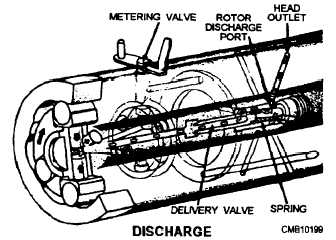
Figure 5-15. - Rotor in charge position.
Rotation of the rotor by the drive shaft of the pump aligns the two inlet passages of the rotor with the charging ports in the charging ring, thereby allowing fuel to flow into the pumping chamber (fig. 5-15).
The pumping chambers consists of a circular cam ring, two roller, and two plungers. As the rotor continues to turn, the inlet passages of the rotor will move away from the charging ports, allowing fuel to be discharged, as the rotor registers with one of the hydraulic head outlets.
With the discharge port open (fig. 5-16), both rollers come in contact with the cam ring lobes, which forces them toward each other. This causes the plungers to pressurize the fuel between them and sending it on up to the injection nozzle and into the combustion chamber. The cam is relieved to allow a slight outward movement of the roller before the discharge port is closed off. This action drops the pressure in the injection line enough to give sharp cutoff injection and to prevent nozzle dribbling.

Figure 5-16. - Rotor in discharge position.

Figure 5-17. - Delivery valve.
The maximum amount of fuel that can be injected is limited by maximum outward travel of the plungers. The roller shoes, contacting an adjustable leaf spring, limit this maximum plunger travel. At the time the charging ports are in register, the rollers are between the cam lobes; therefore, their outward movement is unrestricted during the charging cycle except as limited by the leaf spring.
To prevent after-dribble and therefore unburnt fuel at the exhaust, the end of injection must occur crisply and rapidly. To ensure that the nozzle valve does, in fact, return to its seat as rapidly as possible, the DELIVERY VALVE (fig. 5-17). located in the drive passage of the rotor, acts to reduce injection line pressure. This occurs after fuel injection and the pressure is reduced to a value lower than that of the injector nozzle closing pressure. The valve remains closed during charging and opens under high pressure, as the plungers are forced together. Two small grooves are located on either side of the charging port or the rotor near its flange end. These grooves carry fuel from the hydraulic head charging posts to the housing. This fuel flow lubricates the cam, the rollers, and the governor parts. The fuel flows through the entire pump housing, absorbs heat, and is allowed to return to the supply tank through a fuel return line connected to the pump housing cover, thereby providing for pump cooling.
In the DB2 fuel pump, automatic advance is accomplished in the pump by fuel pressure acting against a piston, which causes rotation of the cam ring, thereby aligning the fuel passages in the pump sooner
Continue Reading